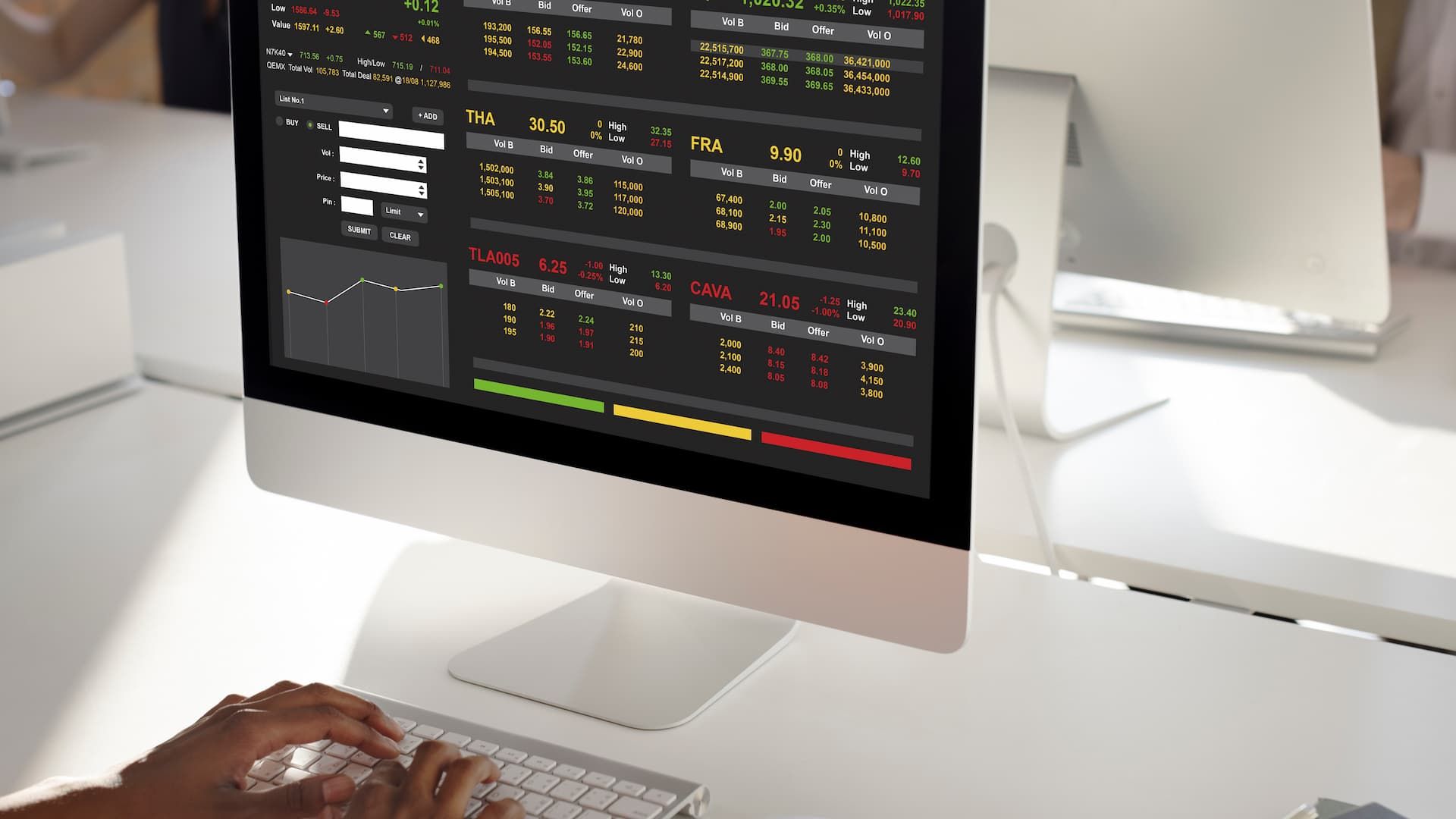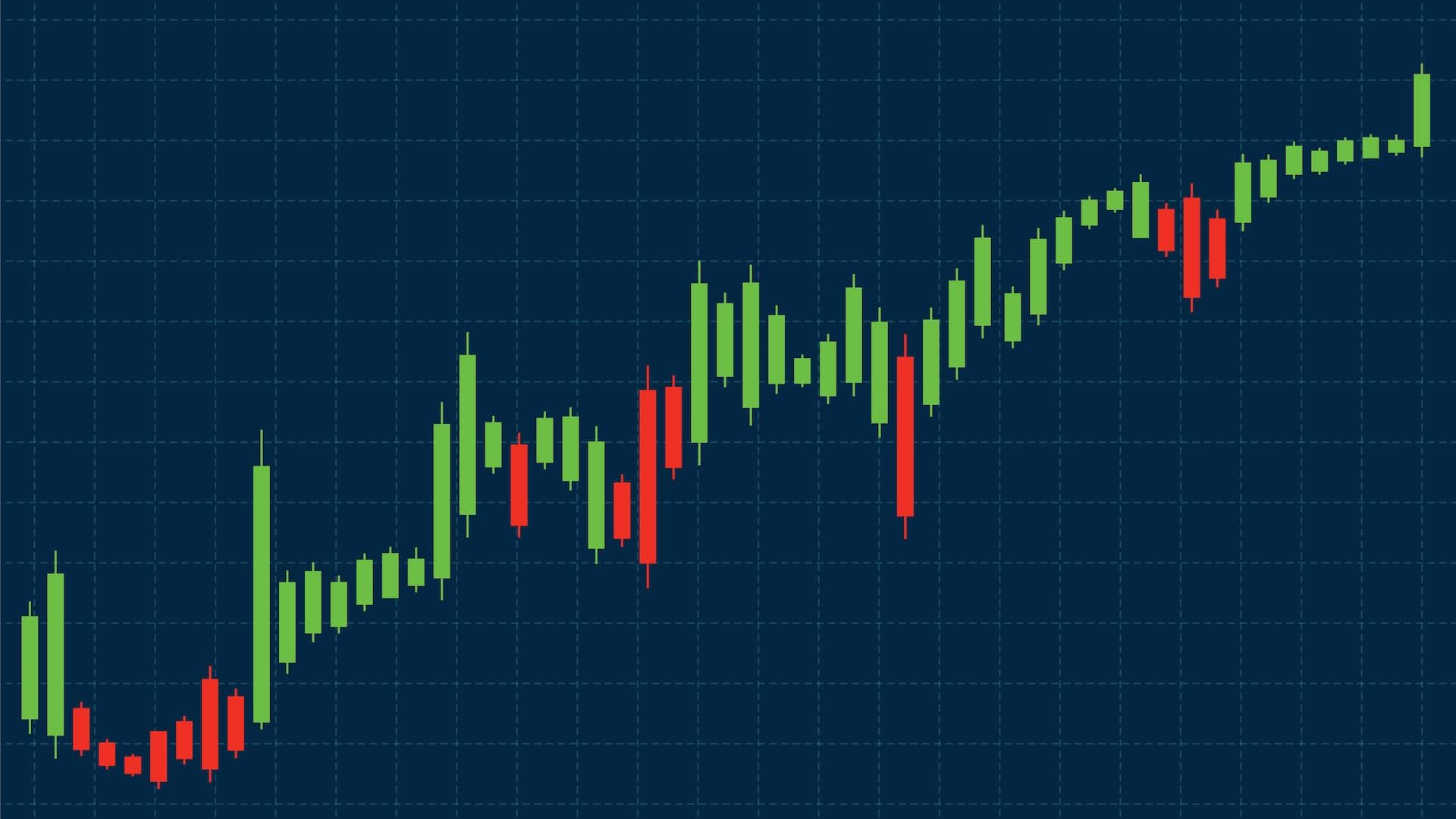For many new traders, stop loss orders feel like an afterthought. It is tempting to believe you can watch every tick of the market, react in real time, and manually exit at just the right moment. In reality, no one can constantly monitor price movements. The market can turn in seconds, and if you are unprotected, a small drop can become a catastrophic loss before you even have a chance to act.
That is why experienced traders always stress the importance of setting a stop loss. A stop loss is not just a button on your trading platform; it is a safety net, a risk management tool, and the backbone of effective trading strategies. At 24Markets.com, you can place stop loss orders alongside your trades so that you manage risk automatically, instead of leaving your capital exposed to sudden market crashes or bad news.
Understanding Stop Loss in Trading
What Is a Stop Loss?
A stop loss is an instruction to automatically sell securities when the market price reaches a specified stop price. Once triggered, the position is closed at the next available market price. This protects you from losing money beyond your tolerance level if the stock falls or the market moves against your trade.
Think of it as a prearranged exit plan. If you enter a stock at $50 and set a stop loss at $47, your position will be automatically sold if the price drops that far. You do not have to be online, watching every candle. The system acts for you, removing the burden of emotional decision making.
Stop Loss vs. Stop Limit Orders
While both tools help manage risk, they behave differently. A standard stop loss turns into a market order once the stop price is reached, closing the trade at the best available market price. This ensures execution but may cause slippage in highly volatile markets.
A stop limit order, on the other hand, lets you specify a limit price. The position will only sell if the prevailing market price falls to your stop and can be matched at your chosen limit. This gives more price control, but in a rapidly declining market, the order may not fill, leaving you exposed to further losses. Successful traders use both tools depending on their risk tolerance, the stock’s volatility, and current market conditions.
Risk Management Essentials
How Stop Loss Helps Manage Risk
Risk management is about protecting trading capital so you can stay in the game long enough to reach your trading goals. Stop loss orders play a central role. By defining the maximum downside risk you are willing to accept, you keep losses within manageable limits.
Without a stop loss, one bad trade can wipe out weeks of gains. Many traders underestimate how fast market trends can reverse, and they hold losing positions too long, hoping the price will bounce back. A well-placed stop loss removes that temptation. It forces discipline and prevents small losses from becoming catastrophic losses.
Using Percentage Stop Loss and Dollar Amount Rules
Two common approaches are percentage stop loss and dollar-based stop loss. With a percentage stop loss, you might decide to exit if the stock price falls 5 or 10 percent below your entry price. With a dollar rule, you set a fixed amount you are willing to lose, such as $200 per trade.
Both methods tie into position sizing. If your trading account is $10,000 and your stop loss rule is 2 percent of capital per trade, you know that no single trade should risk more than $200. This creates consistency, aligns with your risk tolerance, and keeps emotions out of the process.
Loss Orders and Limit Orders in Practice
In practice, traders often combine stop loss orders with limit orders. For example, you might enter at a specific price level, set a stop loss below the current market price, and a take profit limit above it. This creates a full plan: limit losses if price drops, capture potential gains if price rises.
By planning both sides of the trade, you are not leaving outcomes to chance. This structured approach is one reason experienced traders manage risk effectively while many traders who rely on gut feelings end up losing money.
Planning for Market Volatility
Protecting Against Market Crashes
Market crashes can wipe out capital in minutes. During sudden sell-offs, even active traders cannot react fast enough. Stop loss orders provide immediate protection because they are triggered automatically. Whether it is a stock trading on a major exchange or a CFD on oil, having a stop loss in place ensures you are not caught unprepared.
Setting Stop Loss According to Price Levels
A stop loss strategy should be based on more than random numbers. Many traders use technical analysis to guide placement. Key levels such as support and resistance, moving averages, or previous closing prices are popular reference points.
For example, if a stock’s current price is $80 and strong support lies at $75, placing a stop loss just below that level makes sense. If the price reaches it, the market has broken structure, and exiting helps you manage risk.
Avoiding Emotional Decisions in Trading
One of the greatest benefits of stop loss rules is how they prevent emotional decision making. Fear and greed are powerful forces, and in volatile markets, they often push traders into impulsive trades. By setting stop loss orders in advance, you commit to your trading plan. This discipline reduces the need to constantly monitor every price tick and protects you from the temptation to “hope” your trade turns around.
Advanced Stop Loss Strategies
Combining Stop Limit and Stop Loss Orders
Advanced traders often combine stop limit and stop loss orders to balance execution certainty with price protection. For example, you might place a trailing stop loss to follow a trend while also using a stop limit order to ensure you do not sell securities at an undesirable price. This hybrid approach works well in fast moving markets where slippage is common.
Key Loss Rules for Effective Risk Control
Loss rules form the backbone of any serious risk management strategy. Some traders use the golden rule of stop loss: never risk more than you can afford to lose on a single trade. Others set strict stop loss percentages, such as 2 or 3 percent of total account value.
The key is consistency. Stop loss rules should not change based on gut feelings. They should reflect your risk tolerance level, trading goals, and the volatility of the asset. Over time, this consistency leads to effective risk management and helps you survive market fluctuations.
Adjusting Stop Loss for Different Market Conditions
Stop loss placement is not one-size-fits-all. In calm market conditions, a tighter stop loss percentage may work. In highly volatile markets, giving trades more room to breathe with a wider stop loss can prevent premature exits.
Trailing stop loss orders are also effective in trending markets. As the stock price moves in your favor, the trailing stop adjusts upward, locking in profits while still giving the trade space. If the market reverses, your position is automatically sold, protecting gains without the need for constant monitoring.
Final Thoughts
The importance of setting a stop loss cannot be overstated. It is more than just a risk management tool; it is a trading discipline that separates experienced traders from many traders who lose money. A stop loss strategy provides a safety net, helps you manage risk, and allows you to focus on trading strategies without being paralyzed by fear of market crashes or unexpected price drops.
At 24Markets.com, traders can set stop loss orders directly from the platform, whether trading stocks, CFDs, or other instruments. With advanced order types, real time market data, and reliable execution, you can integrate stop loss rules into your trading day confidently.
Trading always involves potential risks, but with proper planning, clear stop loss rules, and effective risk management, you can protect your capital and pursue potential gains with greater confidence. Remember, successful trading is not about avoiding losses altogether, but about limiting them so your trading journey continues toward long term success.












